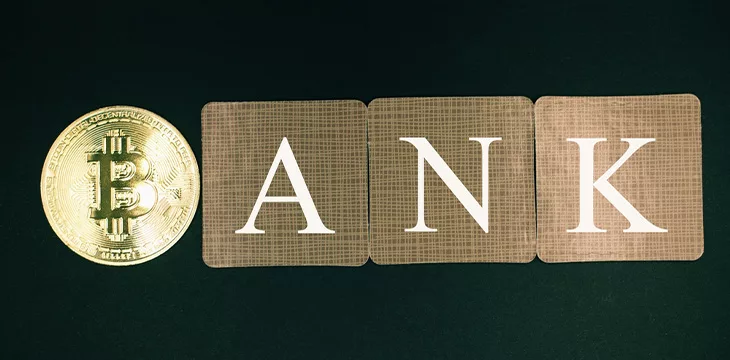|
Getting your Trinity Audio player ready...
|
A group of 10 banks, including HSBC (NASDAQ: HSBC), Wells Fargo (NASDAQ: WFC), and the New York Federal Reserve, recently announced they have completed a proof of concept for the Regulated Liability Network (RLN).
The trial successfully tested bank deposit tokens and wholesale central bank digital currencies (CBDCs) on shared blockchain infrastructure, testing U.S. dollar payments both domestically and internationally.
The RLN could potentially bring together thousands of banks from around the world, as well as several central banks. The aim is to unify the messaging and settlement elements of banking as it is today, realizing significant cost and time savings for involved parties and opening up new business models made possible by programmable money.
The RLN test is one of many similar programs taking place worldwide. Recently, SWIFT announced it had been working with more than a dozen banks to conduct public blockchain experiments, and the European Union officially launched its European Digital Infrastructure Consortium.
The FED says digital currencies can help with financial inclusion
As the RLN and similar tests mentioned above show, banks and central banks are waking up to the power of blockchain technology to disrupt and innovate. In May, the Federal Reserve released its 2022 report on the economic well-being of U.S. households, and it acknowledged the potential for digital currencies to promote financial inclusion.
According to the report, 44% of digital currency users in the poorest demographic use it for peer-to-peer payments, while 16% of the wealthiest holders use it for similar processes. Five percent of unbanked adults use digital currencies for payments.
While the overall use of digital currencies for “any reason” declined in the past few years, the number of people using them for payments increased.
Opinion: Banks are getting there, but they haven’t quite figured it all out yet
Banks aren’t known to be the most innovative or forward-thinking institutions when it comes to technology, and that’s especially true of central banks. Today, the majority of global payments still operate on the SWIFT system developed in 1971, and little has changed since then.
While it’s encouraging to see both central and large retail banks realizing the potential benefits of ‘unified ledgers’ and related technology, they still have a way to go before they realize the need for the original Bitcoin protocol—BSV blockchain.
Walled gardens such as the ReLN will be inherently limited both technologically and in terms of their utility. Open systems like the BSV blockchain, on which anyone can build a legal application, will allow for the same time/cost savings as the RLN, plus many other benefits thanks to the interoperability of the apps on the network.
Aside from utility, there is yet to be a single public blockchain that can come close to BSV blockchain’s scalability and fees. With the release of Teranode, the number of transactions the network can process per second will be truly unbounded, and the fees will be even smaller than the fraction of a cent per transaction they are today.
Experiments like the RLN, and realizations like the Federal Reserve’s that the poorest people in the nation find digital currencies useful for payments, are encouraging. However, in the end, many of the benefits of blockchains and digital ledgers are lost if each group uses its own private ledger. A global, public network, similar to the internet, is the end game, and only the BSV blockchain can deliver the scalability, uptime, and small fees required to make it happen.
Watch: Blockchain and banking

 12-13-2025
12-13-2025 





